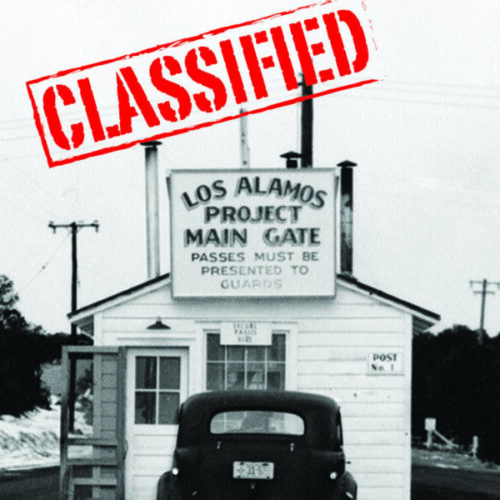Cheddar cheese is a standard cheese that undergoes a cheddar process. That’s a high-tech British term for cooking longer at a fixed low temperature, because you couldn’t say “sous vide,” that would be . . . to French. You need to have a water bath maintained at a constant temperature for several hours during the cheddar process, so you might consider buying a Sous Vide machine if you don’t have one. See general cheese making tips below before you start.
Ingredients
- 2 Gals Milk – unpasteurized is best, but not UHT/UP milk
- 1/8 tsp Calcium chloride diluted with 2 oz water
- Culture: 4 oz Butter Milk or Yogurt, or 1/8 tsp Mesophilic culture
- Rennet – 0.5 tsp animal or 1/2 tablet – dissolved in cold water
- 2 TBL Sea Salt
Process
- Mise en Place – measure and prepare your ingredients prior to starting.
- Pour milk into a large pot and heat to 85 deg F (29 C), over med heat. Take your time and let the milk slowly warm.
- As milk warms, add the calcium chloride – you don’t need to do this if you have unpasteurized milk.
- When milk reaches 85 F, add culture, stirring in an up and down motion for 1 min.
- Cover and allow milk to ferment undisturbed for 1 hr.
- Stir to homogenize and add diluted rennet in the same manner as the culture, stirring for 1 min.
- Place pot in a bath of 90 deg. F water.
- Let sit undisturbed for 1 hr or until whey separates and solid curds form.
- Cut the curds into 0.25″ cubes and let set for 5 mins. Do not stir.
- Pour off whey (liquid) and heat curds over med heat to 100 deg F. Heat slowly, like taking 30 mins. Stir constantly as curds shrink.
- Maintain temperature and continue to stir. If curds get hot, remove from heat.
- After 30 mins, remove from heat and allow curds to settle for 20 mins.
- Line a colander with cheese cloth (at least 2 layers thick) and pour in curds.
- Allow curds to drain for 15 mins. Meanwhile, drain whey from pot.
- Remove curds from colander and turn onto a cutting board and cut into 5 sections
- Place curds back in pot and cover.
- Make a water bath for the pot with a temp of 102 F, and maintain this temp. Using a sous vide would be ideal.
- Place pot in water bath and turn the slices every 15 mins for 2 hours, this is the cheddering process.
- Remove curds from pot and cut into 0.5″ cubes, and put back in pot that still in water bath.
- After 10 mins, stir gently with hands. Let rest 10 mins and stir again with hands. Repeat once more.
- Remove pot from water bath and gently stir in salt.
- Line a press/mold with cheese cloth and carefully place the curds in the press.
- Wrap the cloth around cheese and press to 10 lbs pressure for 15 mins.
- Remove cheese from press, unwrap, flip cheese, re-wrap, and put back in press at 40 lbs pressure for 12 hours.
- Remove from mold and air dry 2-3 days until smooth and dry to the touch.
- Either wax cheese or wrap in clean cheese cloth and age at 55-60 deg F for at least 60 days.
- Cheese Making Tips:
- The most important tip; don’t use UHT/UP ultra high pasteurized milk, it is basically dead with all the healthy bacteria removed and won’t break down – just like it won’t break down in you gut.
- You need a mesophilic culture – you can buy chemicals if that’s your deal, but cultured buttermilk or yogurt works better.
- If you cannot get unpasteurized milk, you can add calcium chloride to pasteurized milk at 1/8th tsp diluted in 2 oz water then added to 2 gallons of milk – because why would you make cheese from just one gallon of milk.

